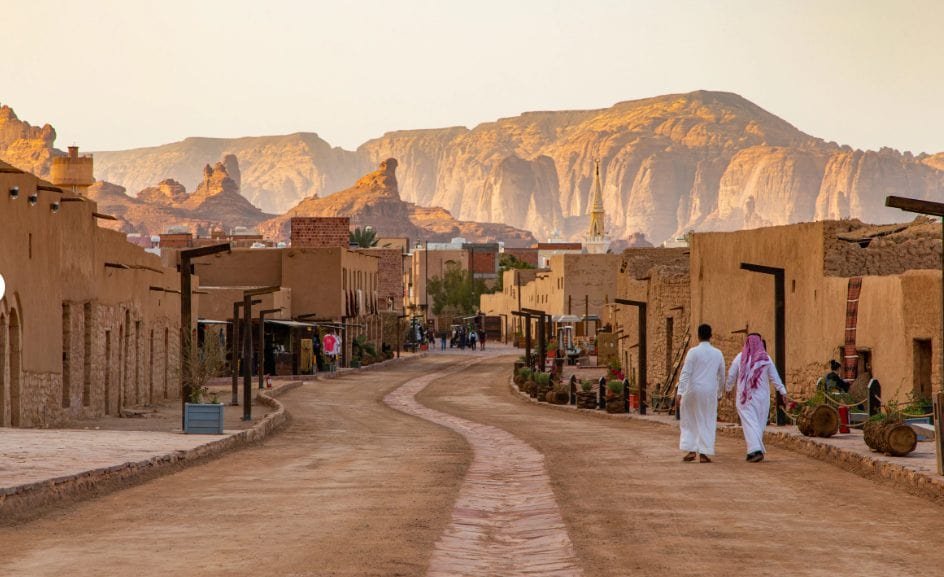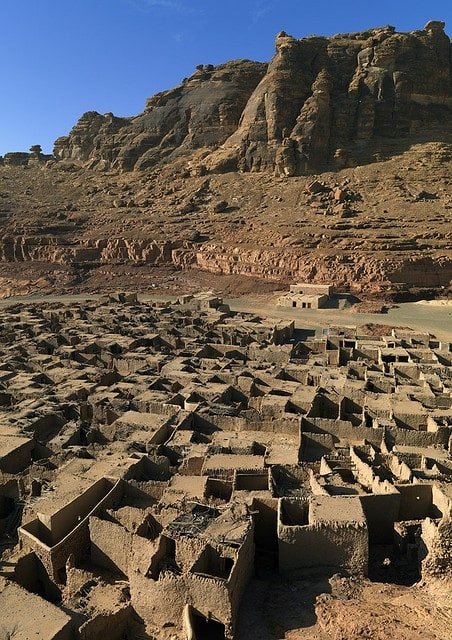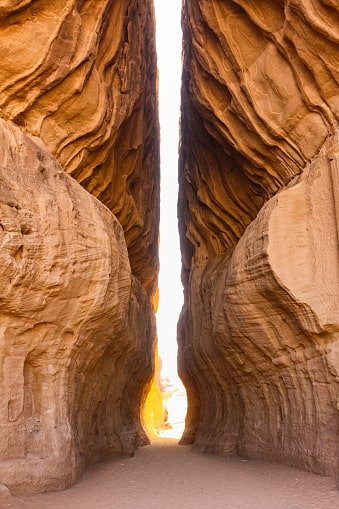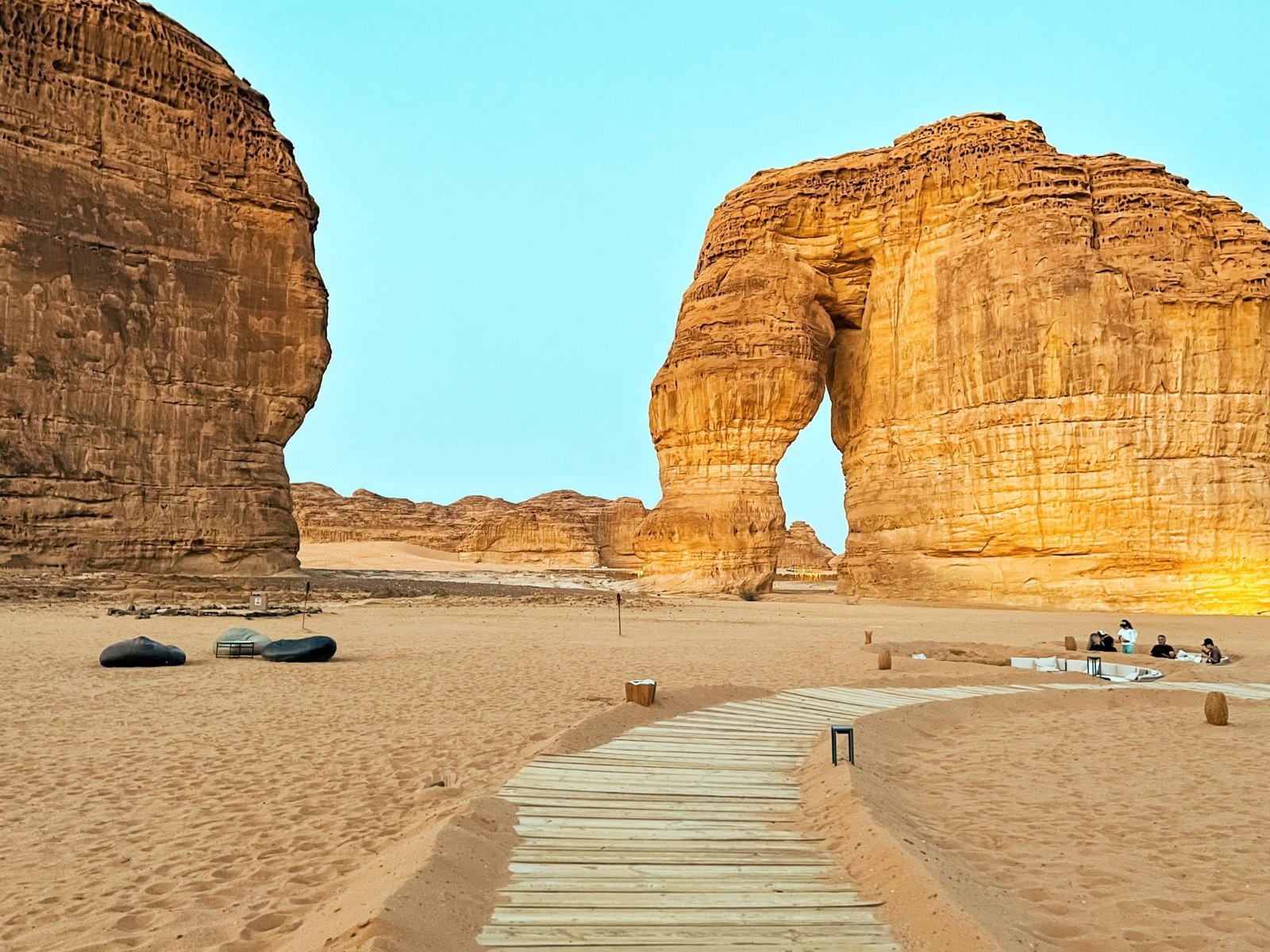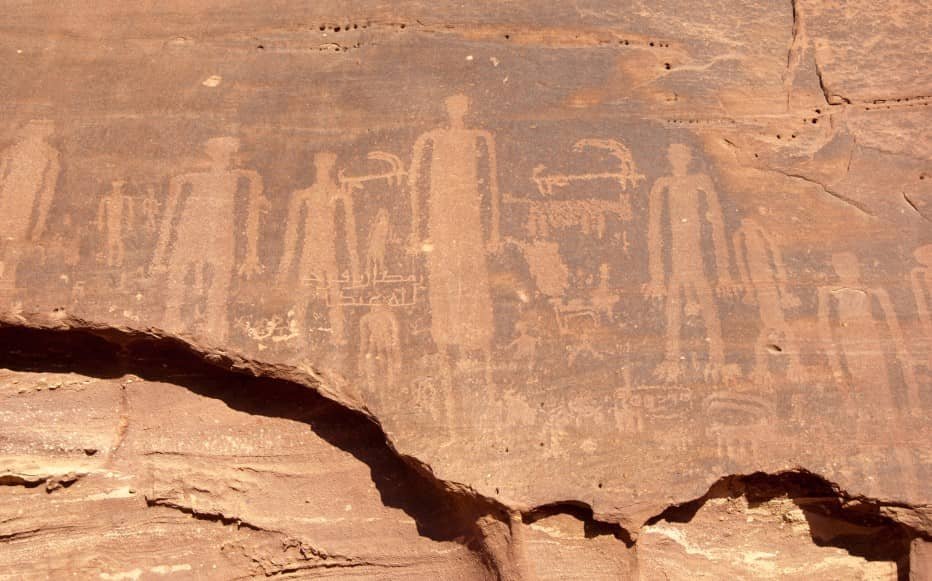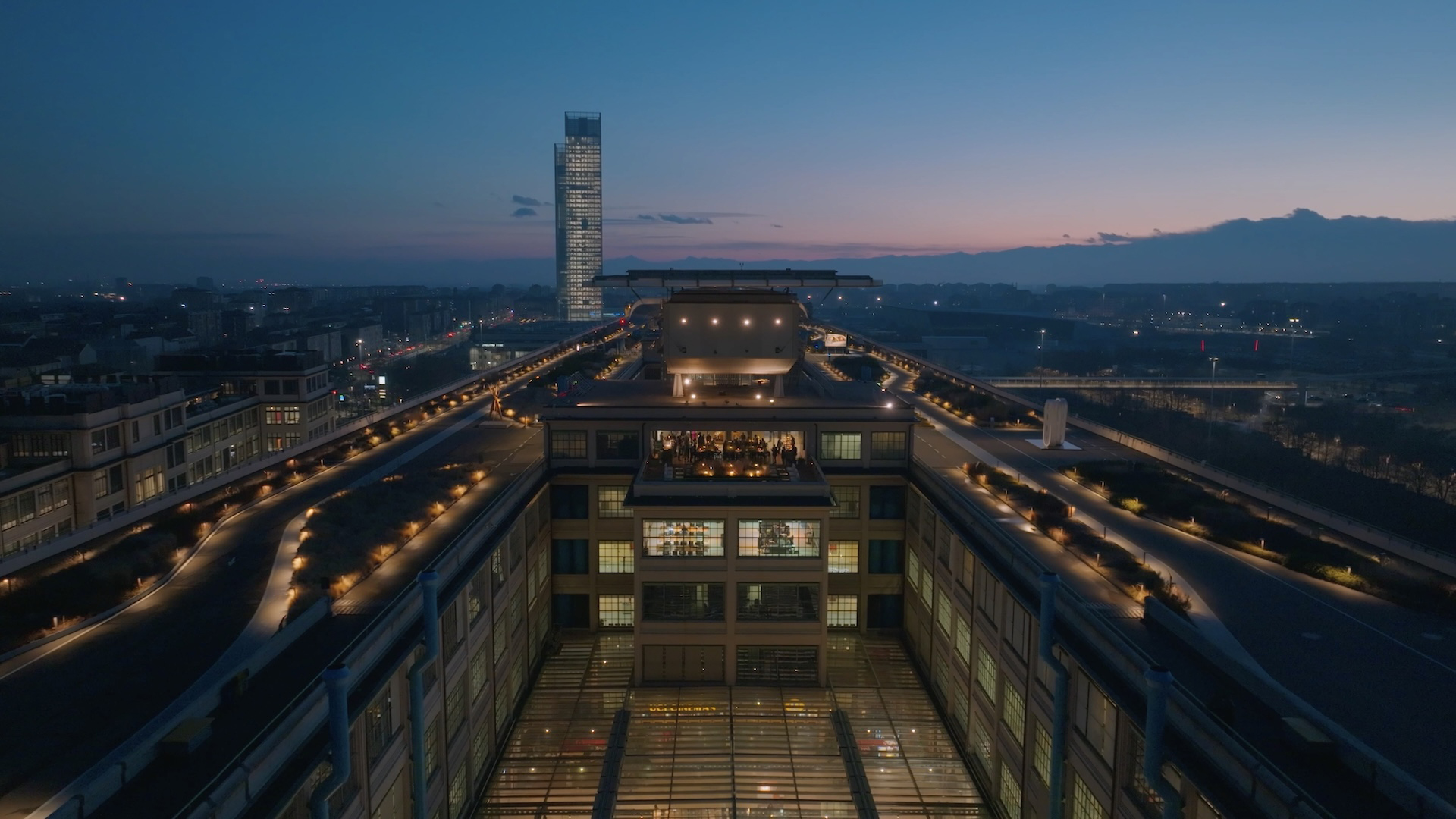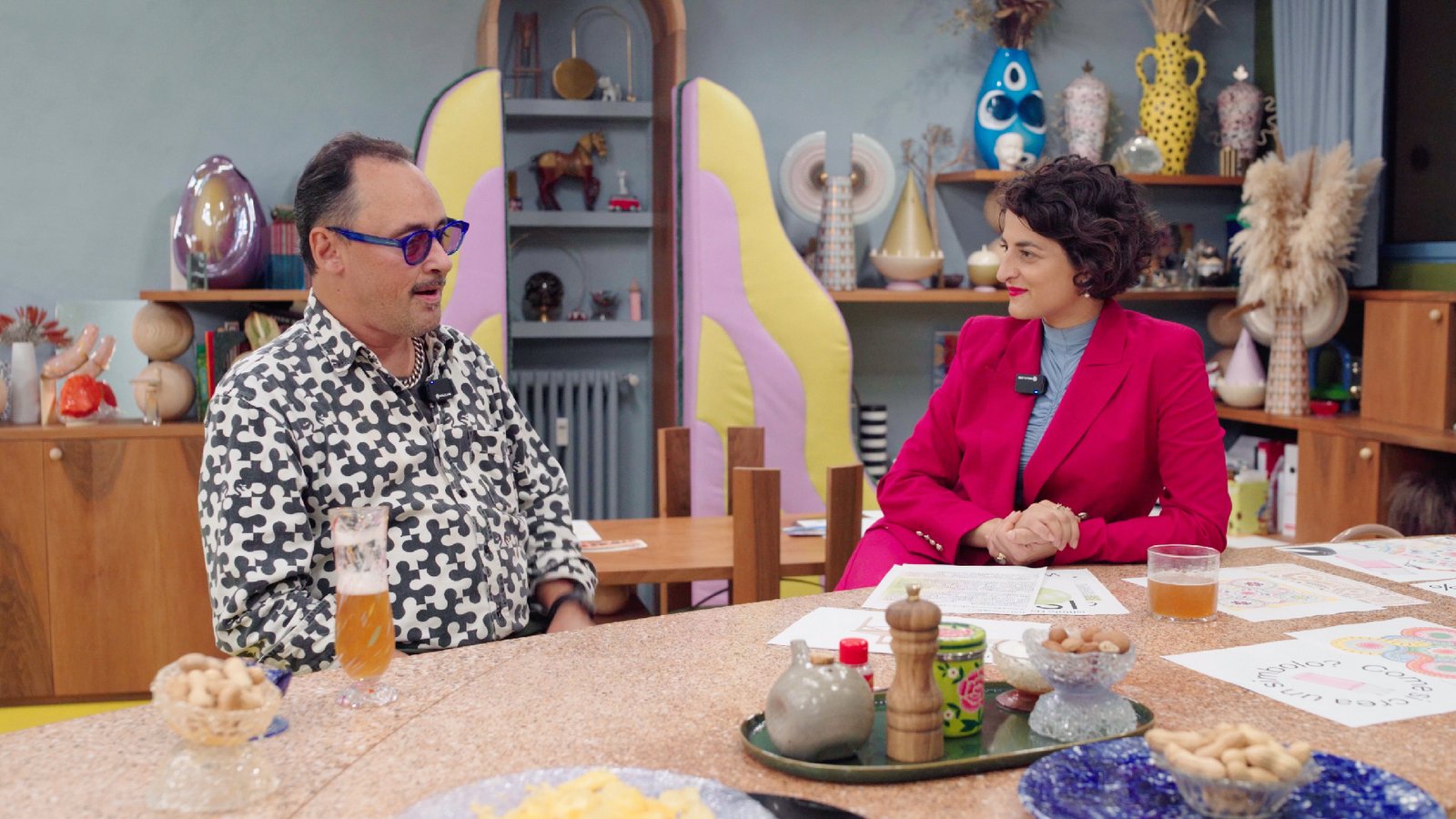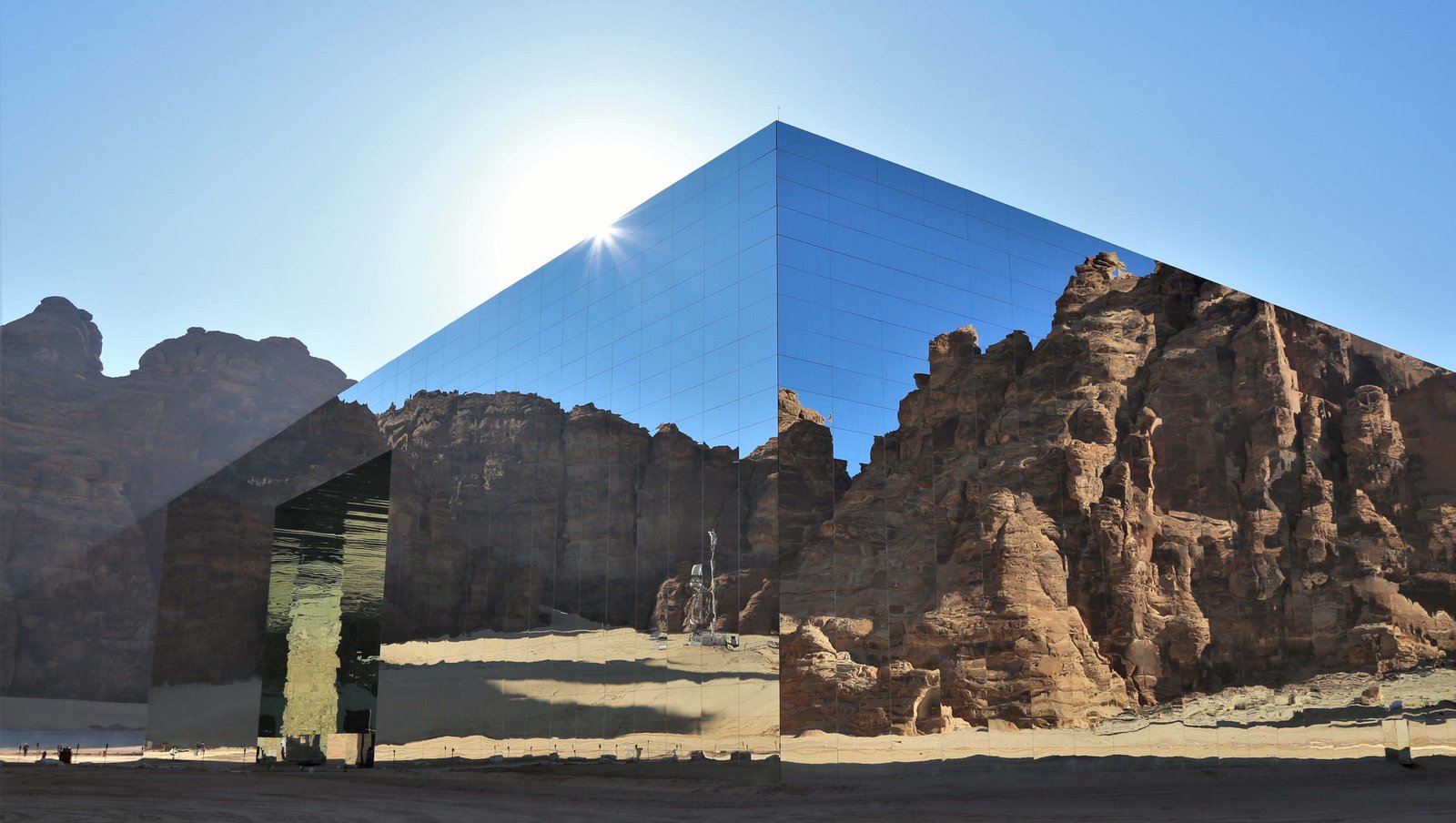
Between History and Sand: Welcome to AlUla
An open-air museum among Nabataean ruins, contemporary art, and natural wonders
There’s a place in the world where the very idea of a “museum” is reimagined: no walls, no spotlights, no fixed paths. Here, the landscape itself tells the story — it leads, it surprises, it speaks. Welcome to AlUla, in northwestern Saudi Arabia — a desert area that is also one of the most fascinating archaeological, natural, and artistic regions on Earth. Yes, it’s hot — very hot — but not enough to deter those in search of history, beauty, and new experiences.
Trying to define AlUla in just one word is impossible. It's a city that has been continuously inhabited for over 5,000 years. It’s an oasis that withstands harsh climatic conditions, and it’s a region that encompasses mountains, canyons, and plateaus. A destination that has quickly become the symbol of Saudi Arabia’s cultural renaissance.Its archaeological heart is Hegra, also known as Madain Saleh — the first Saudi site to be declared a UNESCO World Heritage Site. It features over 110 monumental tombs carved into the rock by the Nabataeans, the same civilization that built Petra in Jordan. Some tombs soar up to 22 meters high and are adorned with geometric motifs, columns, inscriptions, and figures — an architectural and symbolic legacy that reflects the rich cultural and commercial exchanges between the Arabian Peninsula, the Mediterranean, and Asia.
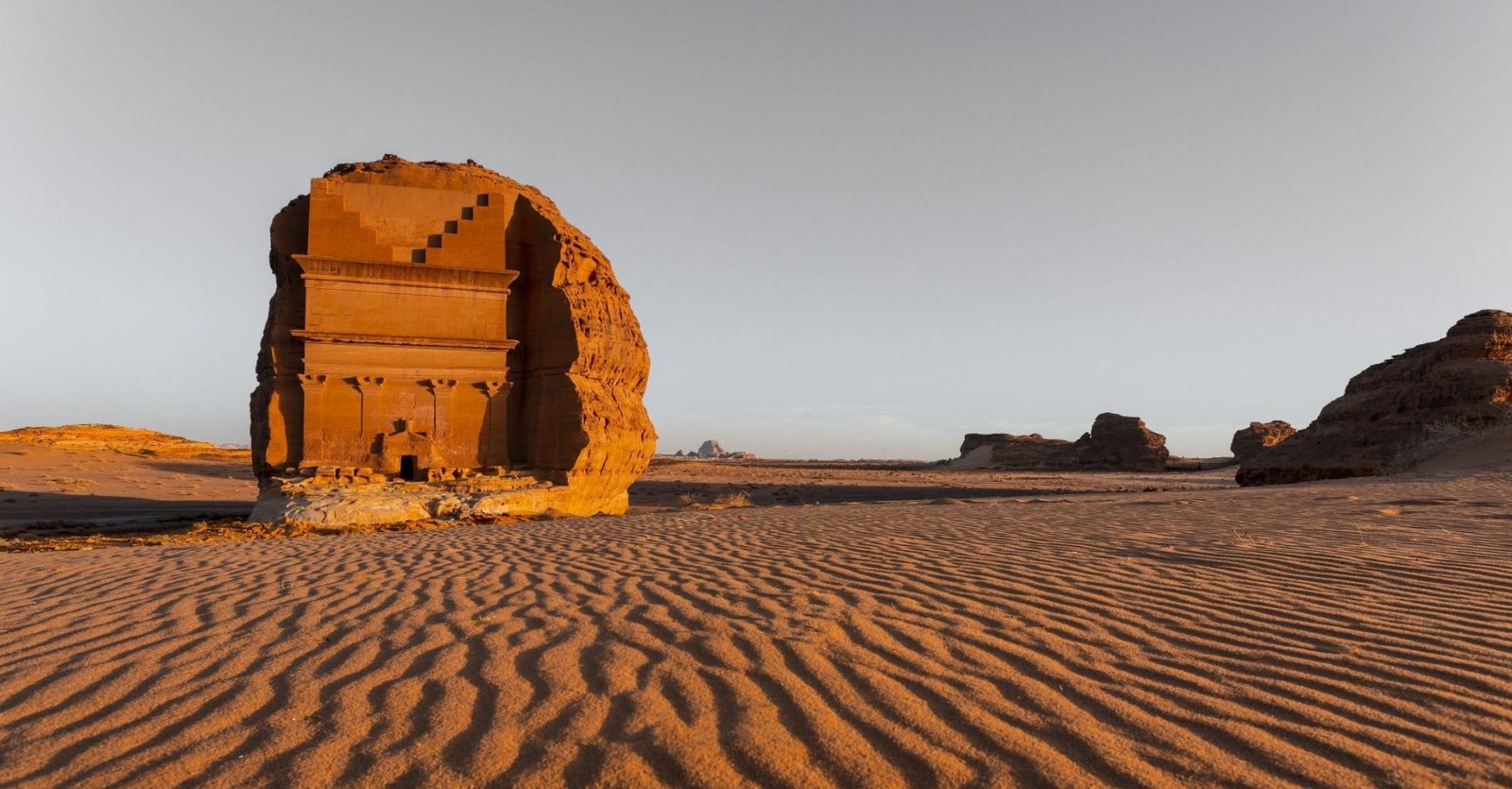 Qaṣr al-Farīd, Hegra, Saudi Arabia
Qaṣr al-Farīd, Hegra, Saudi Arabia
But while Hegra is AlUla’s most iconic face, it’s not the only one. Just a few kilometers away lie the remains of Dadan, once the capital of the kingdoms of Dadan and Lihyan. Colossal statues and a rock-cut necropolis are striking evidence of how advanced this civilization was as early as the 1st millennium BCE. Even more astonishing is Jabal Ikmah: a rocky gorge engraved with hundreds of petroglyphs and inscriptions in Aramaic, Thamudic, Dadanitic, and Nabataean. It’s like an open-air library that has helped scholars reconstruct details of daily life, religious practices, and trade routes along the ancient Incense Route.
When it comes to nature, AlUla is a continuous spectacle. Here, the desert is anything but monotonous — it ranges from wind-sculpted rock formations like the iconic Elephant Rock (a sandstone giant shaped like an elephant’s head) to red-sand plains dotted with lush oases. The contrast between aridity and vegetation is a core part of the experience.It’s no surprise that more and more travelers are choosing AlUla not just for excursions, but for truly immersive experiences: trekking, desert sunrises, hot air balloon rides, stargazing nights, and 4x4 desert tours are just a few of the possibilities.
But AlUla is also looking forward. In recent years, it has become an international hub for contemporary art. The region hosts Desert X AlUla, an event that brings site-specific installations to the desert, engaging Saudi and international artists in direct dialogue with the land. In addition to this, exhibitions, artist residencies, permanent installations, performances, and educational programs are curated by the Royal Commission for AlUla, which oversees the region’s cultural and tourism development. There’s even a major international festival: Winter at Tantora — a celebration of music, art, and cinema that has previously welcomed world-renowned artists like Andrea Bocelli and Alicia Keys in spectacular venues such as the Maraya Concert Hall, a mirrored building set in the desert and the largest reflective structure in the world. The message is clear: AlUla is not just a site to preserve, but a place where culture, tourism, and sustainability can coexist. It’s a clear example of Saudi Arabia’s investment in cultural soft power — and a unique opportunity for global audiences to rediscover the complexity and richness of Arab history, too often overlooked or reduced to stereotype.
Visiting AlUla today means standing exactly where the ancient past and contemporary creativity meet face to face.
Cover image: Maraya Concert Hall, AIUla, Saudi Arabia
A radio and television personality, digital content creator, writer for various newspapers and author of the book ‘Arte Queer. Corpi, segni, storie’ published by Rizzoli, Elisabetta Roncati has decided to combine a university business/management education and a passion for culture with a single goal: to bring people closer to art in a clear, easily understandable and professional manner. Interested in all forms of artistic and cultural expression, contemporary and otherwise, she has two great passions: non-European art and civil rights. In 2018 she founded the registered trademark Art Nomade Milan with which she is involved in digital dissemination on the main social media (Instagram and Tik Tok @artnomademilan).
